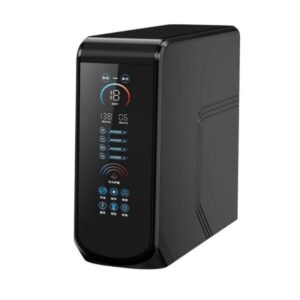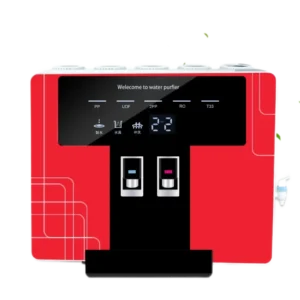Choosing the Right Water Purifier for Rural Water Quality: Key Strategies
Rural water sources (wells, springs, or untreated mains) often contain higher levels
of sediment, iron, sulfur, and bacteria. Here’s how to select an effective purifier:
Identify Contaminants: Test water for iron (causes yellow stains), arsenic, coliform
bacteria, or nitrates. Rural areas may require specialized filters.
Multi-Stage Filtration:

Pre-Filtration: Use a sediment filter (5–50 microns) to remove rust, sand, and silt.
Media Filtration: Iron filters or activated carbon can reduce metal ions and sulfur
odors (“rotten egg” smell).

RO or UV Sterilization: For bacterial contamination, RO systems or UV lamps are
essential. UV is ideal for low-turbidity water, while RO handles both microbes and
dissolved solids.
Durability and Maintenance: Rural areas may have inconsistent water pressure
or supply. Choose robust models with easy-to-clean filters and surge protection.
Flow Rate: Larger households or agricultural use may require high-flow systems
(5+ liters per minute) to meet daily needs.
Water Purifier Factory, Water Purifier For Home, Water Purifier Machine,Water Purifier, Water Filter Purifier System
Investing in a tailored rural purifier ensures that even challenging water sources
are transformed into safe, drinkable water, supporting healthy rural living.
Choosing the Right Water Purifier for Rural Water Quality: Key Strategies

